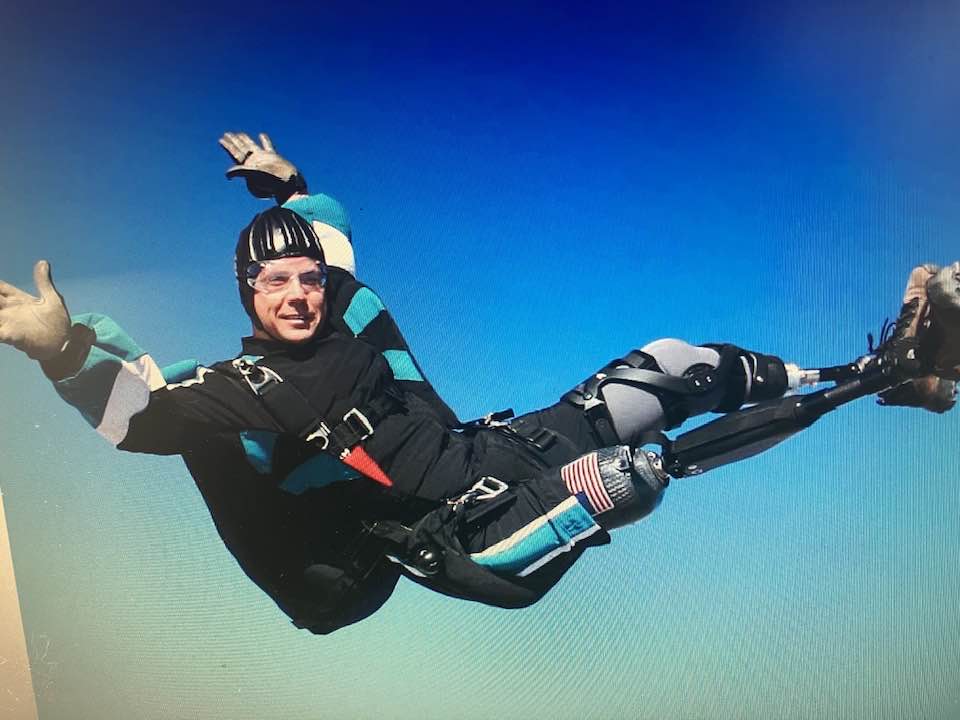
Prostheses have progressed dramatically in recent years, with many people choosing to move away from the standard NHS-provided prostheses, to highly functioning, technologically advanced limbs. Here are the top advancements in prostheses in 2020.
With these types of prostheses now available on the market, there’s a wide range of options to choose from. This is especially for people looking to participate in different activities, such as driving, swimming, and cycling. Below, we have outlined the top 5 advances in prosthetic technology that we’re expecting to see in 2020.
Consciously controlled limbs
With brain-controlled prosthetics available, it certainly feels as if we’re reaching the peak age of artificial limbs. In the early stages of this technology, the user needs to use a brain implant to control the limb. But research is progressing quickly, and we could see the next generation of prosthetic limbs being controlled without a brain implant in the very near future.
Their aim is to create wearables that use the same brain functions used to control movement, bringing in cognitive intelligence into to the actual prosthetics. This will allow for complete integration without invasive brain surgery.
3D printing
3D printing has not only become a phenomenon within the manufacturing and construction world, but also throughout the prosthetic community. All over the world, 3D printing is allowing for the cost-effective creation of functioning prosthetics. This is in turn allowing both children and adults the opportunity to utilize lightweight, futuristic limbs in everyday life.
In some countries, it’s even saving lives, in countries such as Sudan. Here, children are recruited into guerrilla armies, injured by firearms, landmines, and rival groups. These 3D printed prosthetic limbs are giving these children and teenagers in developing countries the chance to gain some normality back. As technology improves, we’d expect to see the sophistication of these 3D-printed limbs increase further.
See-through designs
Although bulky prosthetics and silicone limbs help thousands of people, the aesthetics of these products don’t always match up to their incredible functionality.
However, industrial designer, William Root, has created an innovative and modern prosthetic utilizing titanium. This allows him to create intricate and unique designs for each person. Functional and very, very cool.
Bionic arms
By utilizing electricity and robotics to create movement, bionic arms seem to be something we can only dream of in the future. However, they’re already being created today as part of the top advancements in prostheses in 2020. The state-of-the-art prosthetic use muscle sensors connected to the skin, allowing the user to operate the limb effectively.

Nerve detectors
Similar to bionic limbs, nerve detectors control the prosthetic, utilizing the user’s mind to think they are actually moving the limb. The technology behind it operates via spinal motor neurons, instead of just muscle, like a bionic arm. This allows more commands to be detected by the sensors, permitting the prosthetic to move more freely, rather than be limited to a smaller amount of movements.




